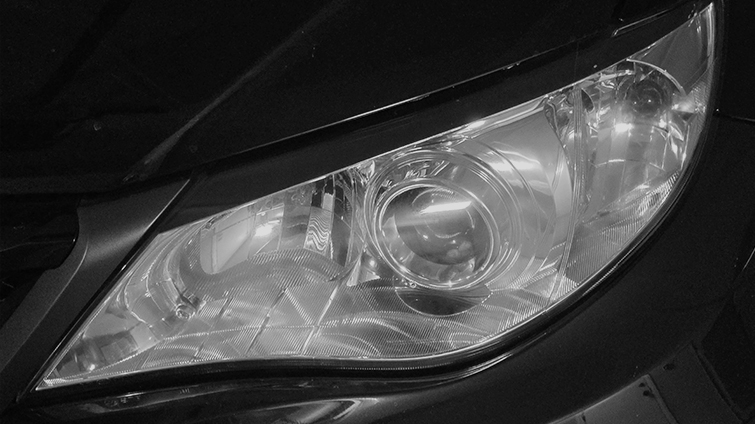U.S. tariffs on auto parts have changed substantially

For an industry already affected by multiple and complex new U.S. tariffs, policies associated with the auto parts tariff that went into effect on May 3, 2025, brought some measure of relief. Here’s how things have changed.
Parts imported from Mexico and Canada
Because many automotive suppliers are compliant with the U.S.-Mexico-Canada Free Trade (USMCA) agreement, auto parts have largely been exempt from the 25% tariffs on goods from Mexico and Canada, but not from the separate 25% tariffs on items containing steel or aluminum. The good news for automakers and suppliers importing parts from Mexico or Canada is that their USMCA compliance now also exempts them from the new 25% tariff on auto parts and any applicable steel and aluminum tariffs.
Parts imported from Europe
Automotive supply chains reliant on parts from Europe saw their U.S. tariff exposure increase. Before May 3, 2025, auto parts imported from Europe were subject to 10% reciprocal tariffs plus the 25% tariff on their steel and aluminum content. Now they’re subject to the new 25% auto part tariff, but any applicable steel or aluminum tariff is no longer “stacked” on top.
Parts imported from China
While still substantial, tariffs on these parts have generally decreased and become somewhat less complex. Before May 3, 2025, auto parts from China were subject to the new 125% reciprocal tariff, new 20% national emergency tariff, a 7.5% or 25% tariff on goods from China that has been imposed since 2018, and any applicable tariff on steel and aluminum content.
While the new 25% auto part tariff applies to parts made in China, the reciprocal tariff and steel/aluminum tariffs are not stacked on top—only the 20% and the 7.5% or 25% Section 301 tariff.
For more details, guidance and a list of parts subject to the new 25% auto parts tariff, see the C.H. Robinson client advisory. See also the White House’s announcement on tariff offsets for automakers that assemble their vehicles in the United States.
Because of the automotive industry's considerable reliance on imported materials, Tier 1 and Tier 2 suppliers and OEMs alike have been watching the rollout of U.S. tariff policy under the new administration as they consider their production strategies. The just-in-time nature of automotive production makes it difficult for manufacturers to quickly move established locations or alter supply chains.
At a recent C.H. Robinson Automotive Summit in Detroit, attendees said it would take 9 to 12 months on average to move production between existing facilities and up to five years to establish production at a new facility.
The coming weeks will be critical as the United States engages in negotiations regarding reciprocal tariffs. These are the country-by-country U.S. tariffs on all goods that were announced April 2, 2025, but then lowered to 10% for most goods from most countries while bilateral trade talks continue. The outcomes of these discussions will determine the future tariff implications for automotive trade with other nations.
For more specifics around tariffs, visit the Government & Regulations page in this report.